Photos Featured in the Acadia Destination Guide from Compass & Key
Hover over images for more information, and click to reach the corresponding itinerary or other page for wandering Acadia.

Sunrise on Cadillac Mountain
The first stop on the Compass & Key Park Loop Road itinerary.
Photo by Skeeze/Pixabay

The Park Loop Road
Find recommendations to explore Acadia with our Park Loop Road itinerary.
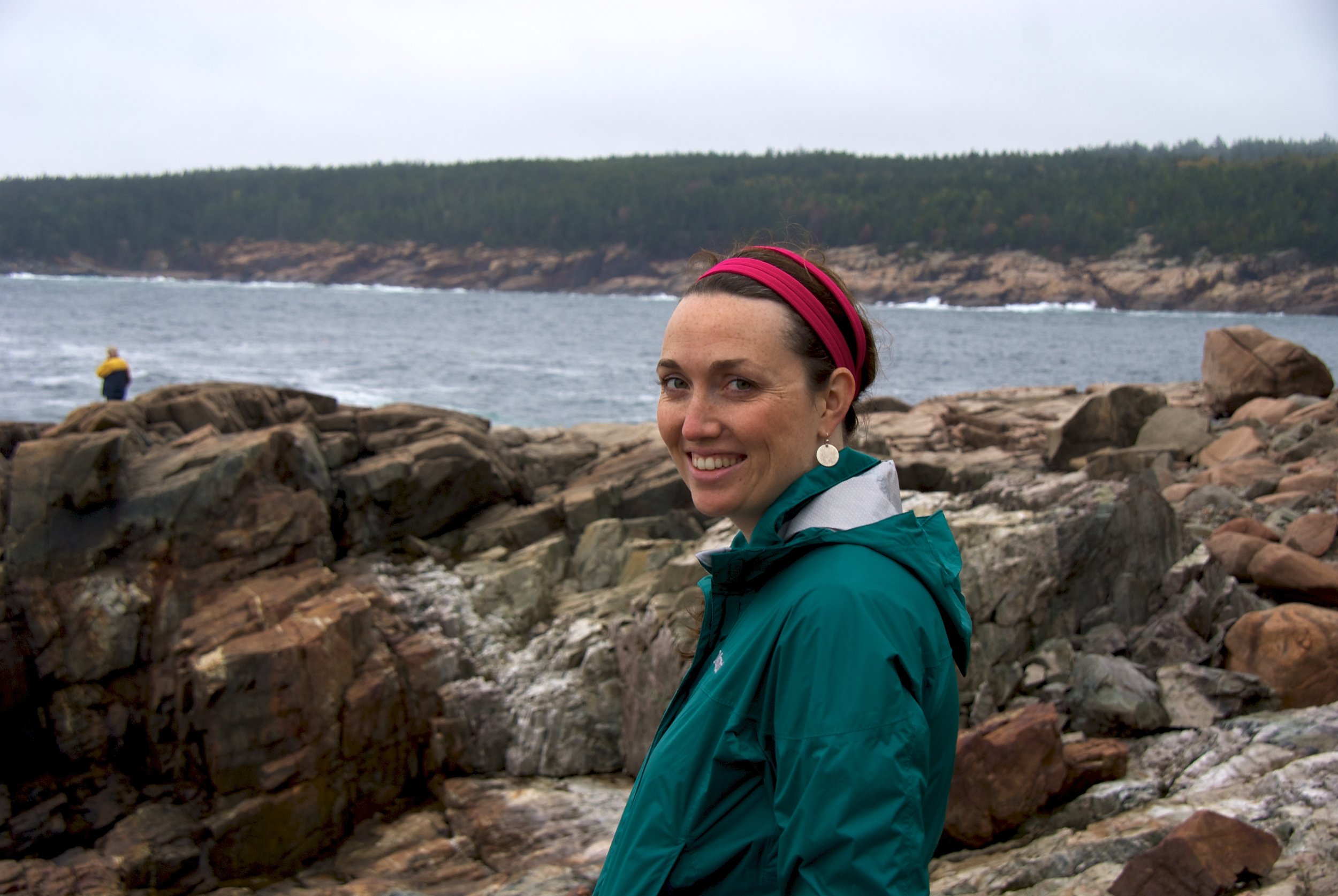
Enjoying the views along the Ocean Path hike, featured in the Park Loop Road itinerary.

Taking a break at the end of the Ocean Path hike, featured in the Park Loop Road itinerary.

Maine Lobster Shop

'Desert' or 'Dessert'?
Despite the spelling, there is an ongoing debate about the pronunciation of 'Mount Desert Island.' French explorer Samuel de Champlain coined it "île des Monts Déserts," or Island of the Bare Mountains, in the early 17th century. In French, the emphasis is on the second syllable of 'déserts,' therefore sounding closer to 'dessert' than 'desert'. Whichever way you pronounce it, it's always a fun conversation starter with the locals.

First Stop: Visitors Center
Our first stop is always a National Park Visitor Center. There we connect with a Park Ranger to check if there are any trail closures due to wildlife sightings or maintenance work and ask about their favorite hikes to add to our list. We also review schedules for tours and Ranger talks and pick up maps, guidebooks, snacks, and gifts.
In Acadia, the primary visitor center is Hulls Cove in Bar Harbor, open mid-April to the end of October. For a full list of seasonal visitor centers and hours, visit the NPS Acadia website.
Photo credit: National Park Service / Kent Miller
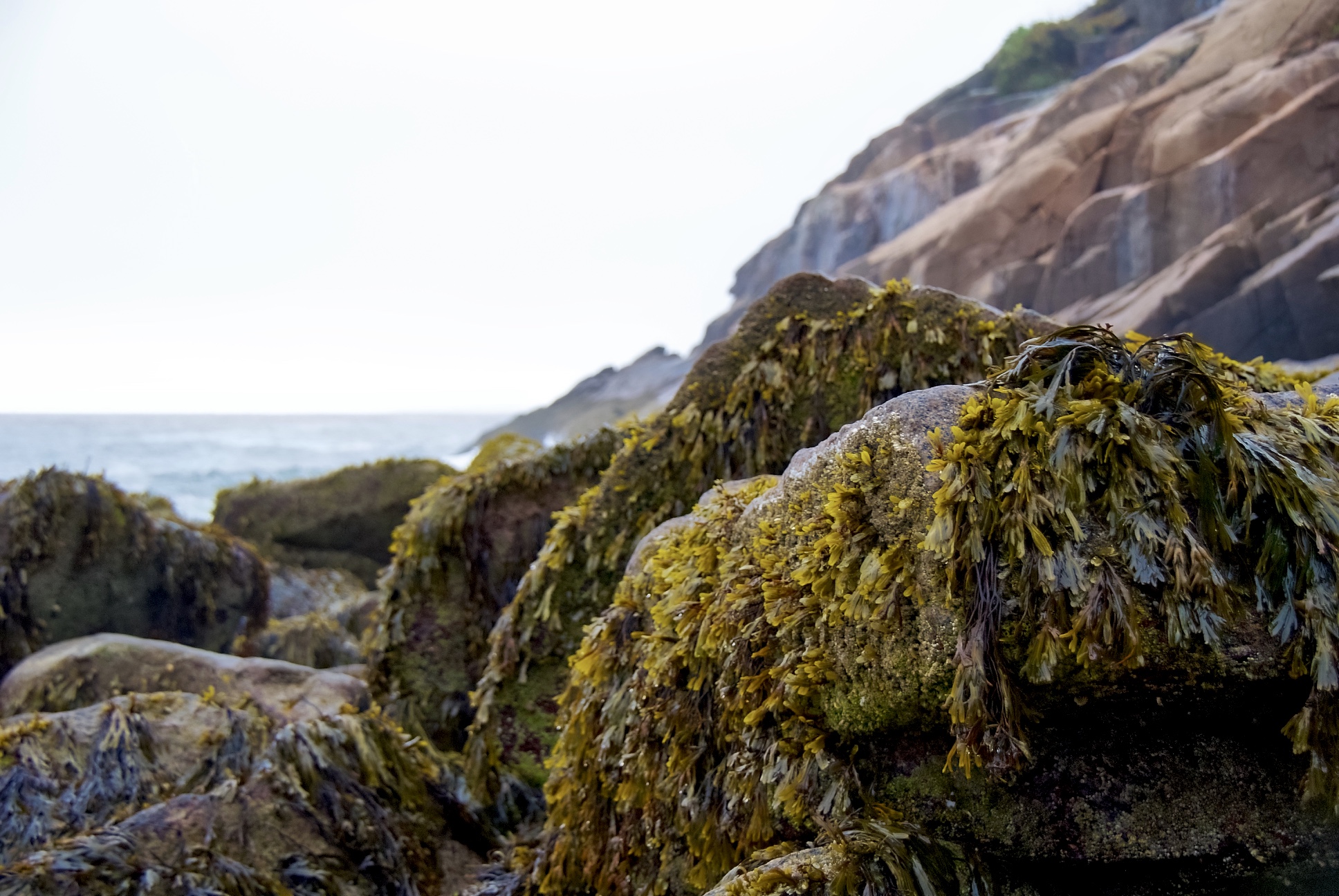
Leave No Trace
We can all pitch in to preserve the delicate coastline, carriage roads and mountain trails of Acadia National Park for future generations. Here are a few friendly reminders: leave nothing along the trail, regardless of how small, follow the main trails, leave wildflowers and natural plants as you found them, and do not deface any natural or humanmade feature with carvings or markings.
For more information, visit the Leave No Trace Center for Outdoor Ethics.






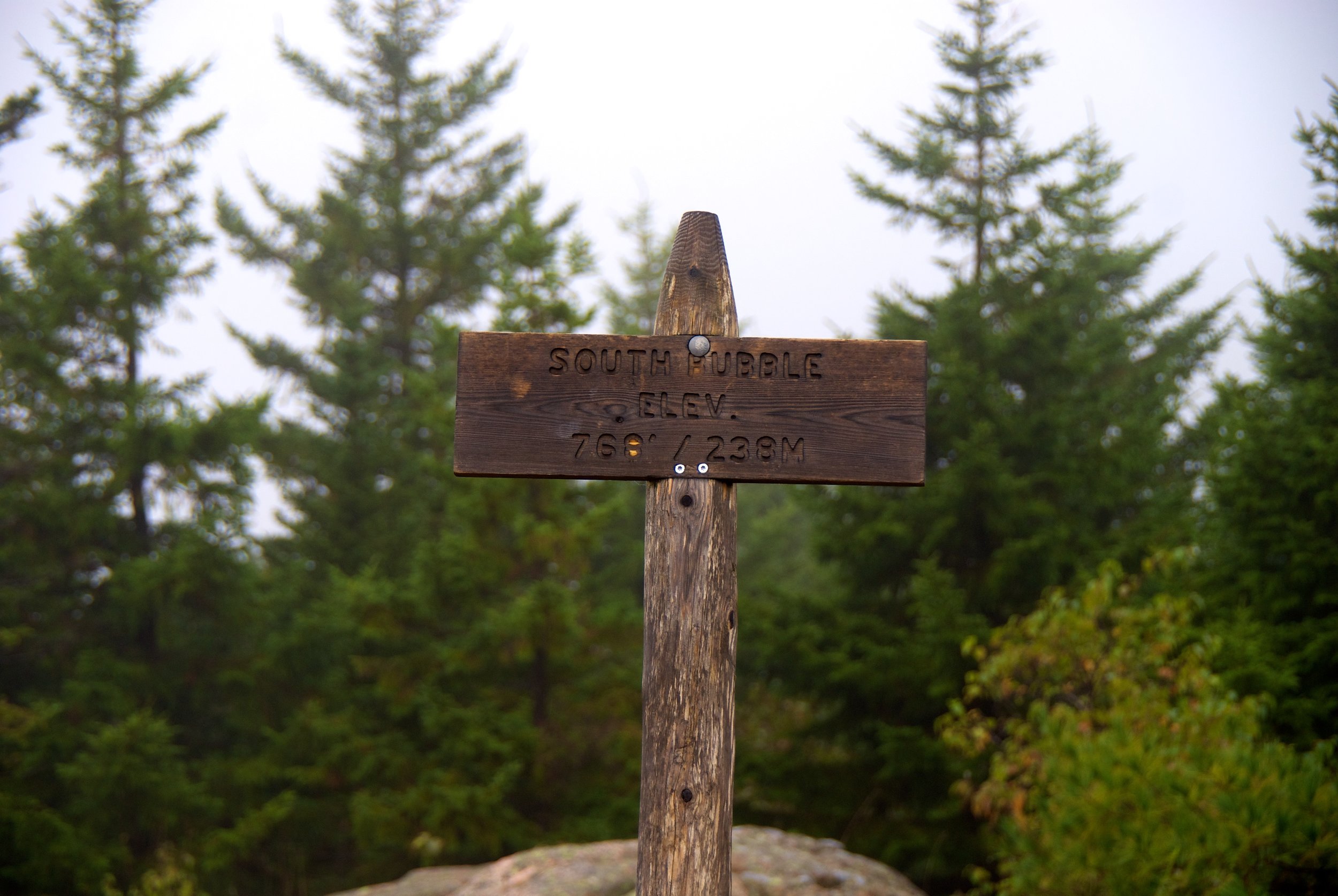

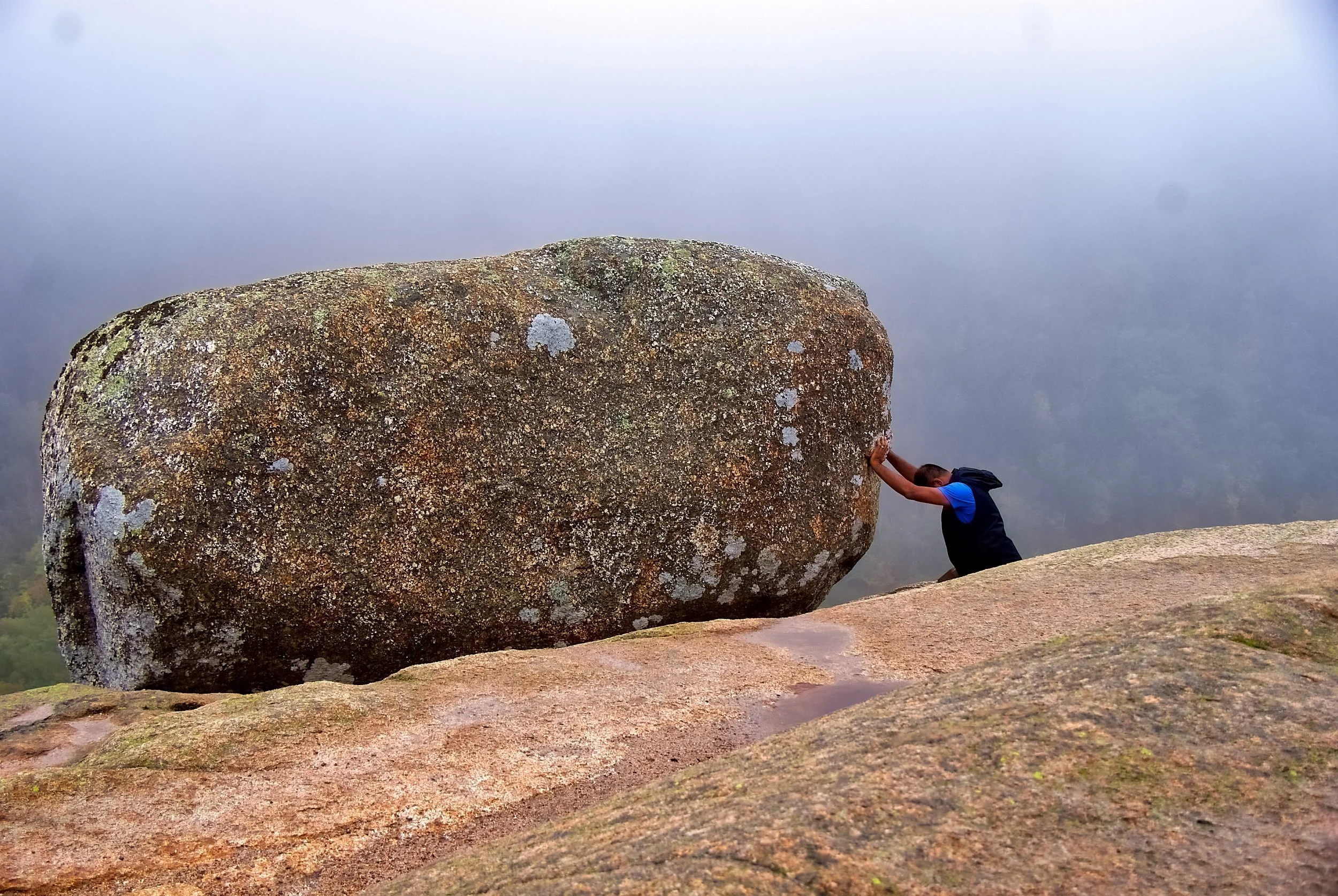
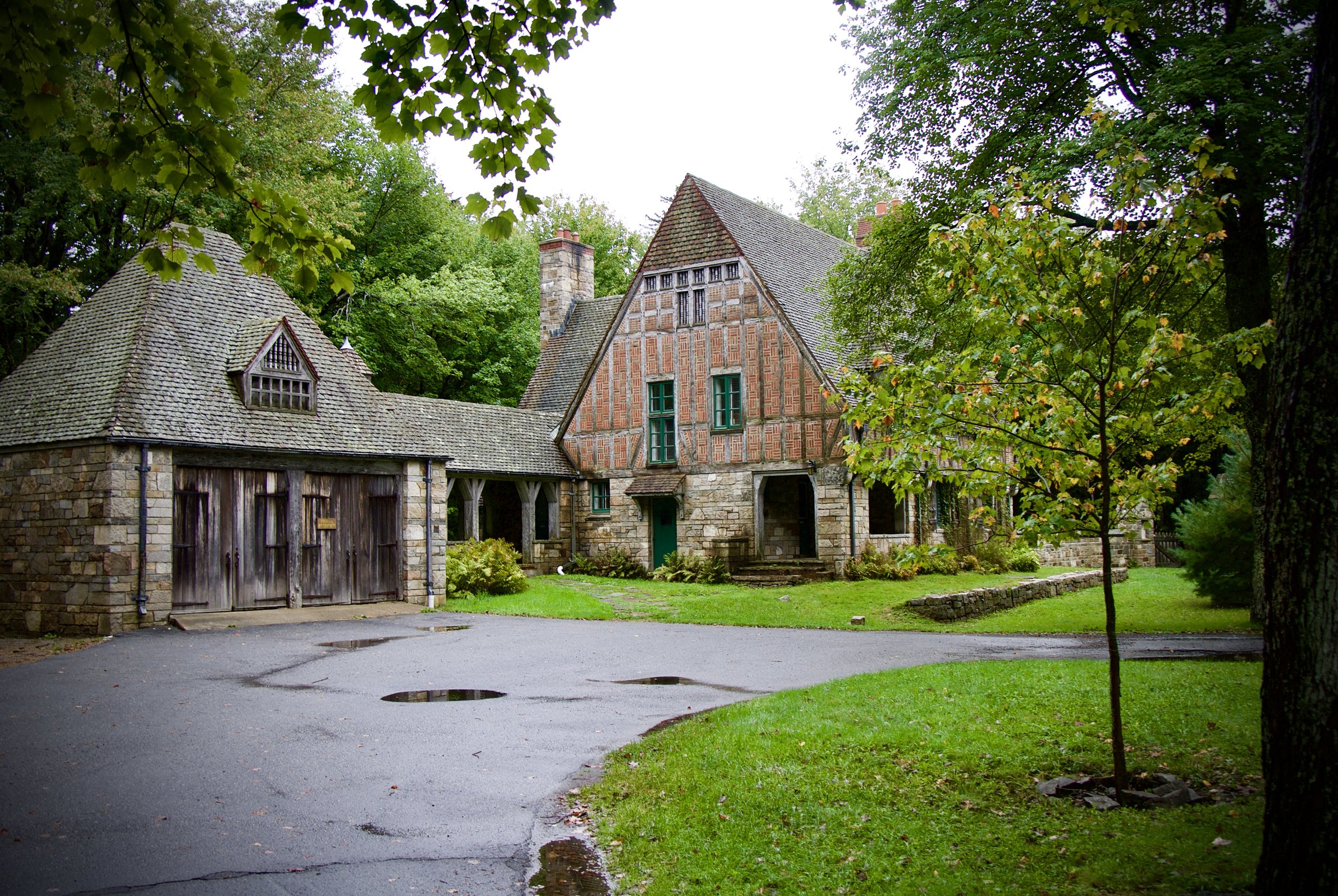

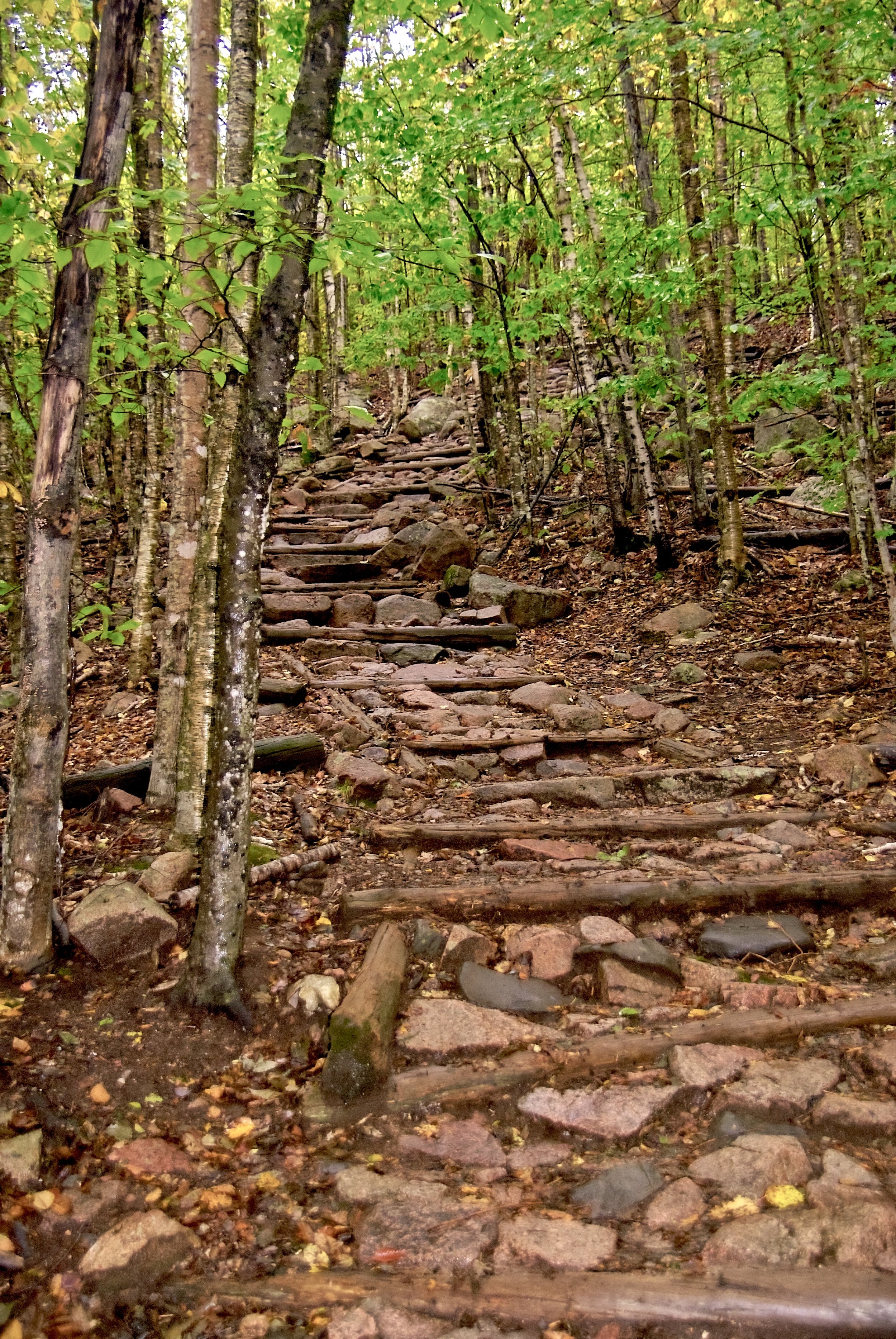
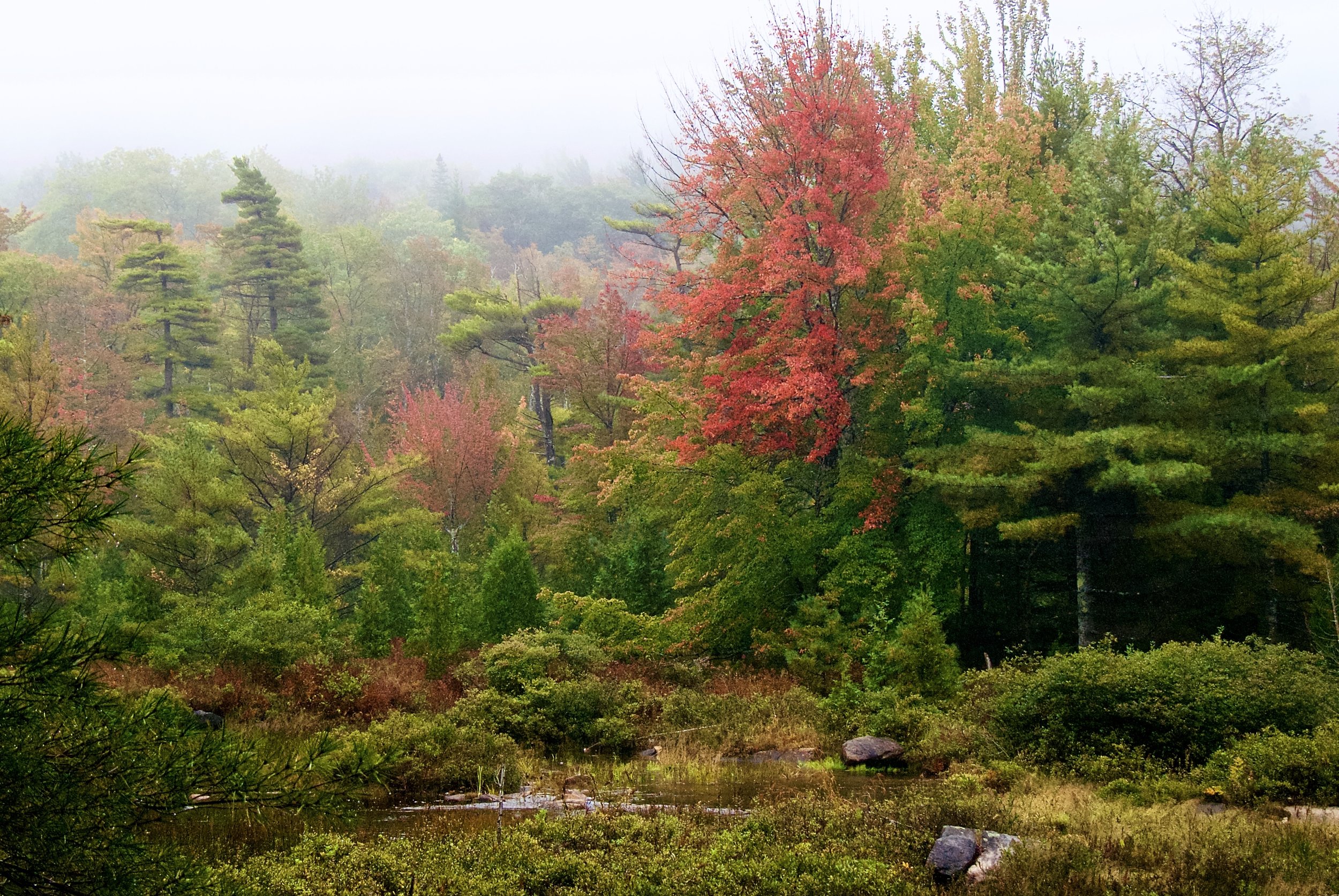
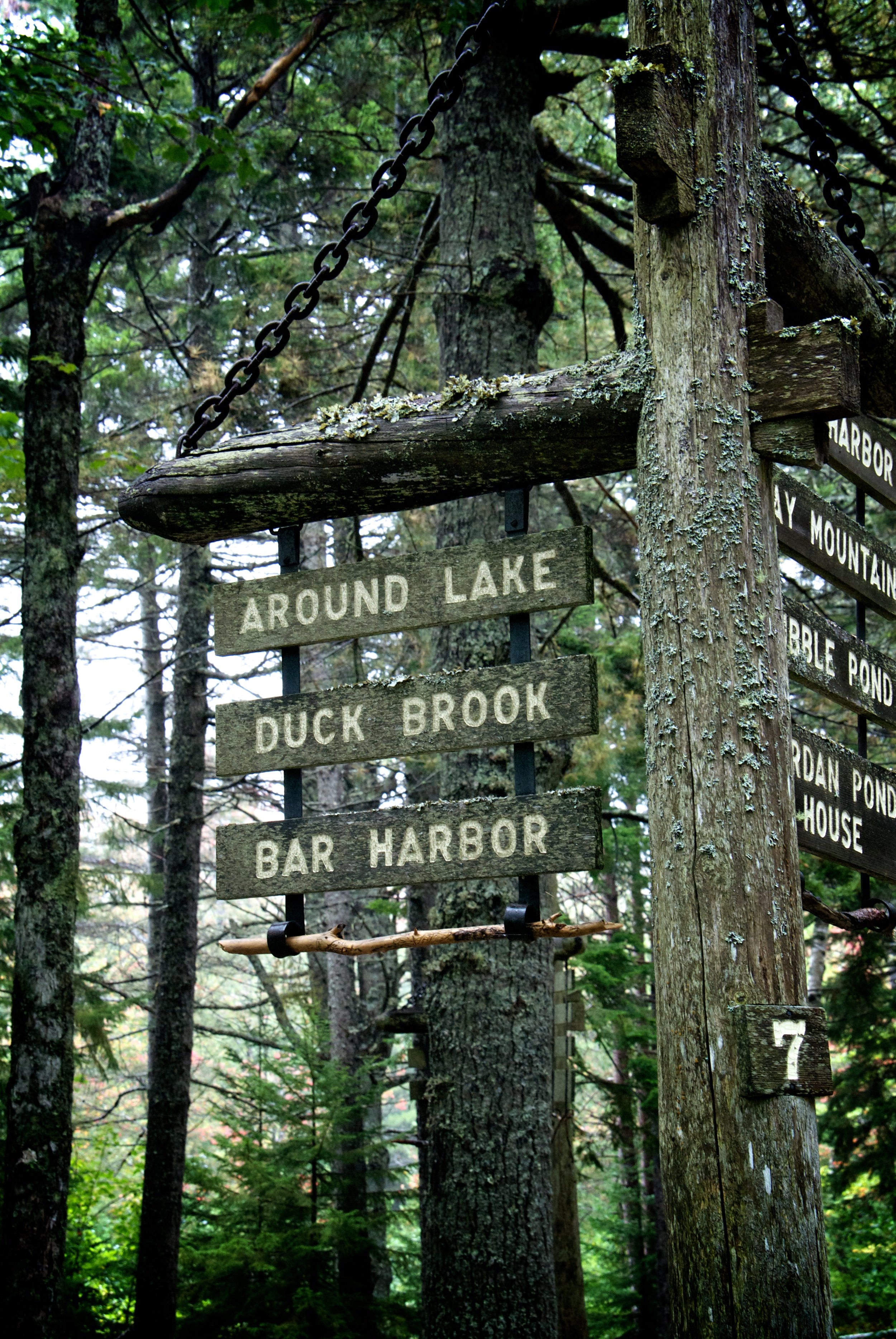


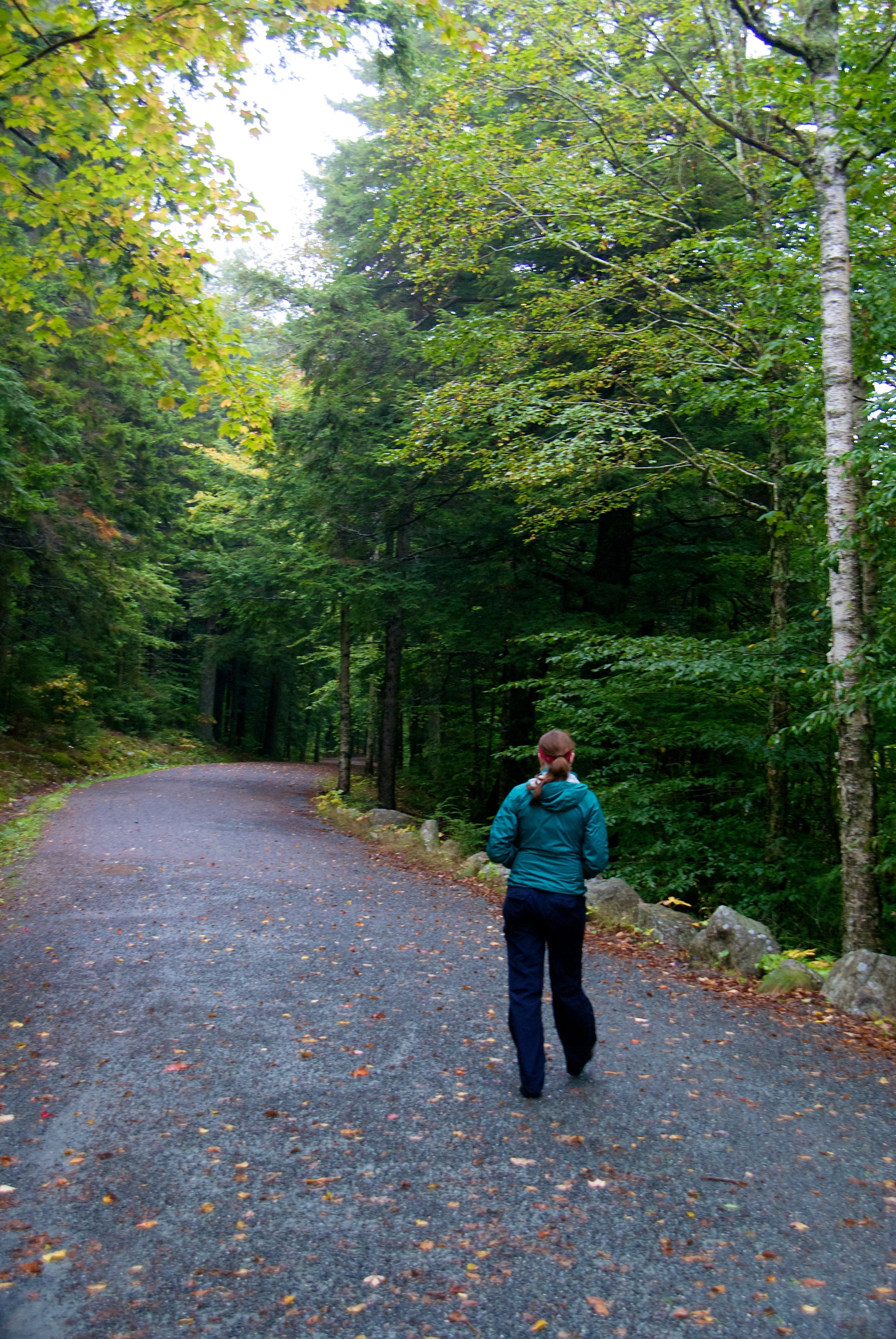







 English
English Spanish
Spanish French
French German
German Italian
Italian Russian
Russian Korean
Korean Chinese (Simplified)
Chinese (Simplified) Japanese
Japanese Hindi
Hindi
